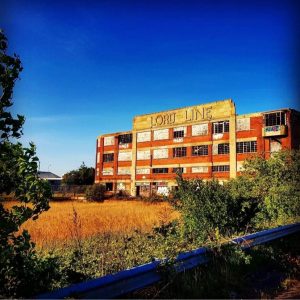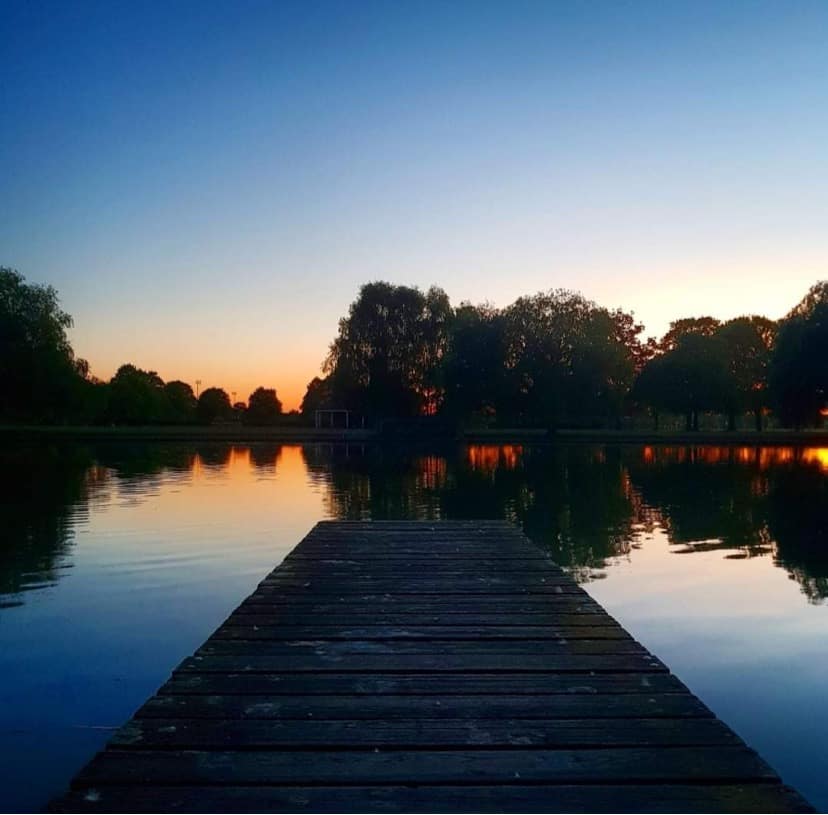By Nathan Honest
During the last year, I suspect we’ve all spent a little more time inside than we wanted. Learning, working, and socialising from home has almost blurred the boundaries of what “home” is. Sometimes it’s been an office, or a library, or even a pub. Whilst some have enjoyed the flexibility, there is no doubt that many people, particularly students (me included!) have found the experience overwhelming. Our homes have gone from a safe, quiet, private space into being a place where we live out every aspect of our lives. Almost nobody apart from my family and my closest friends had seen inside my bedroom before the pandemic, not since I was a child. Now I have total strangers stare at my pale blue walls every week!
To get away from it all, I have found going out for walks extremely helpful, not only to clear my head but also to reconnect me with the incredible beauty that surrounds us all (yes, even in Hull). The natural world comes to mind first and foremost, and earlier in the year, whilst my anxiety about my dissertation was at its peak, I found it incredibly therapeutic to go to my local park and watch the birds eat seeds off a wooden table. Even in urban, built-up areas, it is often easy to find an oasis of green space, where the trees and rustling leaves muffle the cacophony of the human earth, the cars, the phones, the planes, the sirens. Examples within walking distance of Hull University include Oak Road Playing Fields, Pearson Park and even just the fields around the back of Westfield Court. A short bus ride can take you further afield; to the Humber Bridge Country Park, the wetlands surrounding Barton on Humber (with the added bonus of a trip across the Humber Bridge!), and the glorious countryside surrounding villages such as Bishop Burton and Swanland.
However, natural, “scenic” spaces aren’t the only places that make fulfilling destinations for a wander- there is plenty of man-made beauty around, too. Sometimes this is fairly obvious: Bishop Burton, for example, is a classic, chocolate-box English village, with tiny cottages arranged neatly around a pond. However, one of my most memorable walks was to somewhere distinctly less idyllic: the collapsing remains of St Andrew’s Dock and the iconic “Lord Line” building; a vast, crumbling red-brick structure which stands as a poignant reminder of Hull’s industrial heritage. I may be alone in this, but I have always found desolate, derelict industrial buildings and warehouses appealing, particularly when they are located somewhere as starkly barren as the shores of the Humber Estuary. As I wandered around, I was sure I briefly caught the smell of fish, freshly harvested from the sea.
Another “industrial” walk in Hull is the abandoned Alexandra Dock railway line, which began near the junction of Princes Ave and Spring Bank (not far from the Polar Bear pub) and ran to the docks in the east of the city, passing over the River Hull on a delightfully Victorian revolving bridge, which remains to this day. The route of the old railway line has been turned in to a footpath, and some landmarks such as the bridge and Stepney station are still very much visible. (I should point out that both the Lord Line building and the Victorian bridge are located in fairly rough areas, so bring a friend or two and remember never to enter any structure marked as unsafe!)

Photo Credit: Nathan Honest
Hopefully, as we return in the new year vaccinations will have progressed and the threat of COVID-19 will not be with us for much longer. However, even once the pandemic has passed, if you are feeling overwhelmed, or stressed, or anxious, I would strongly recommend getting out of your house (or flat) and taking a walk. Turn off your phone if you can and just take in the world. It will benefit your mental health, your physical health, and if you believe in such things, your spiritual health too.
Cover Image Credit: Nathan Honest


